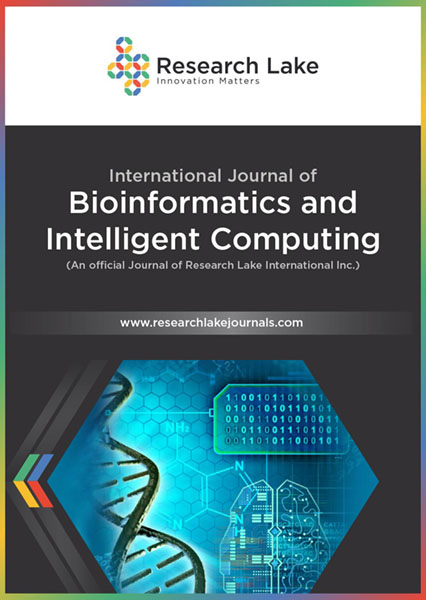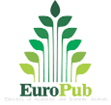HUBO & QUBO and Prime Factorization
Abstract
This document details the methodology and steps taken to convert Higher Order Unconstrained Binary Optimization (HUBO) models into Quadratic Unconstrained Binary Optimization (QUBO) models. The focus is primarily on prime factorization problems; a critical and computationally intensive task relevant in various domains including cryptography, optimization, and number theory.
The conversion from Higher-Order Binary Optimization (HUBO) to Quadratic Unconstrained Binary Optimization (QUBO) models is crucial for harnessing the capabilities of advanced computing methodologies, particularly quantum computing and DYNEX neuromorphic computing. Quantum computing offers potential exponential speedups for specific problems through its intrinsic parallelism capabilities. Conversely, DYNEX neuromorphic computing enhances efficiency and accelerates the resolution of intricate, pattern-oriented tasks by simulating memristors in GPUs, employing a highly decentralized approach, via Blockchain technology. This transformation enables the exploitation of these cutting-edge computing paradigms to address complex optimization challenges effectively.
Through detailed explanations, mathematical formulations, and algorithmic strategies, this document aims to provide a comprehensive guide to understanding and implementing the conversion process from HUBO to QUBO. It underscores the importance of such transformations in making prime factorization computationally feasible on both existing classical computers and emerging computing technologies.
Copyright (c) 2024 Samer Rahmeh, Adam Neumann

This work is licensed under a Creative Commons Attribution-NonCommercial 4.0 International License.
Copyright © by the authors; licensee Research Lake International Inc., Canada. This open-access article is distributed under the terms of the Creative Commons Attribution Non-Commercial License (CC BY-NC) (http://creative-commons.org/licenses/by-nc/4.0/).




















